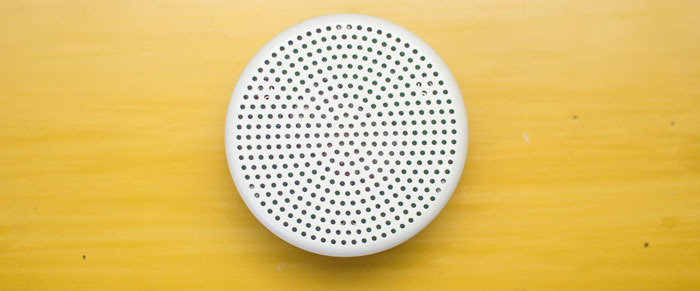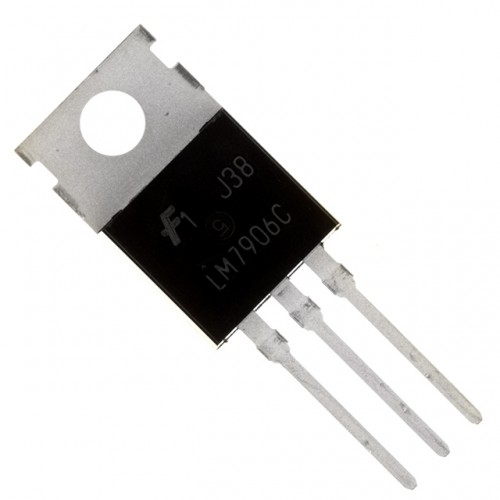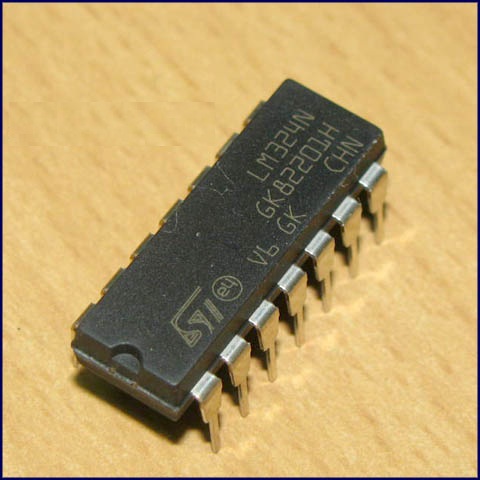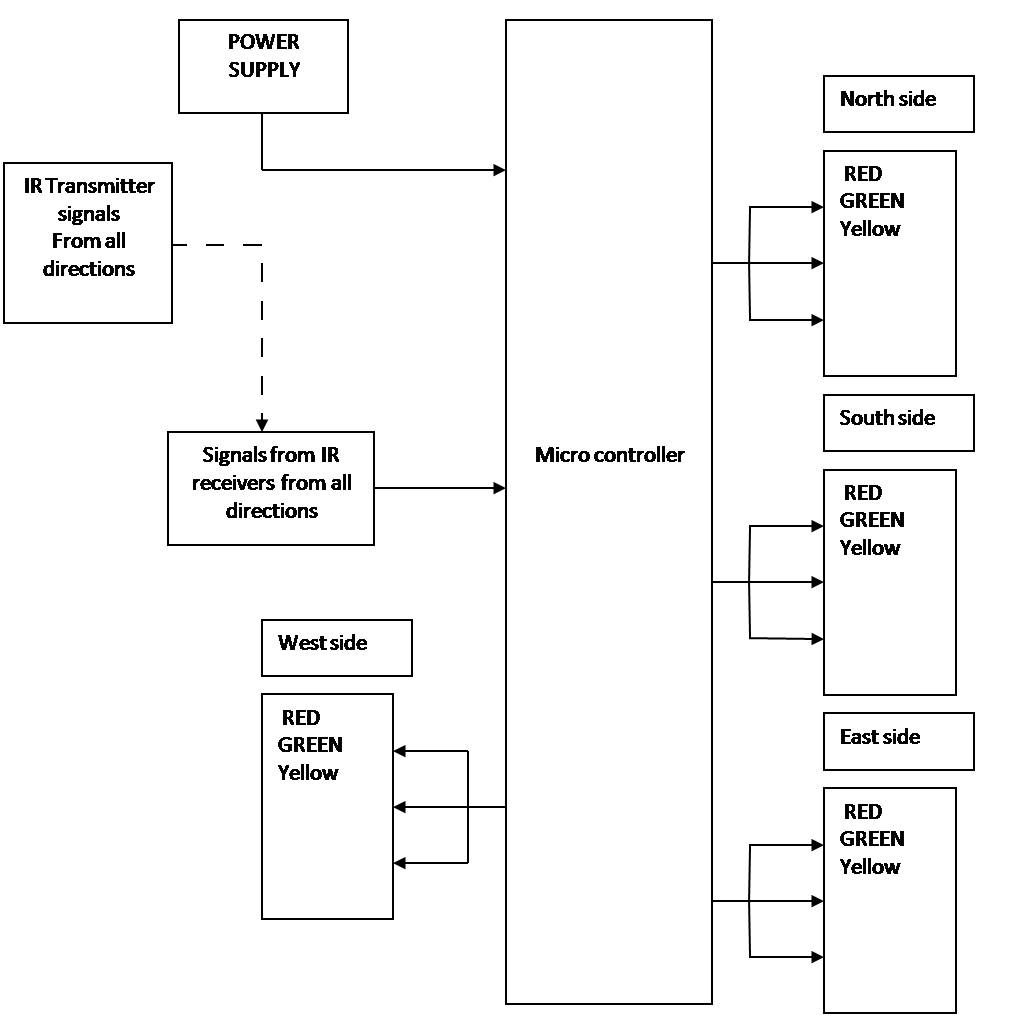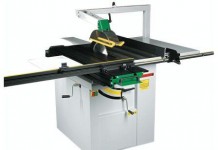SAND CONDITIONING
Natural sands are generally not well suited for casting purposes. On continuous use of molding sand, the clay coating on the sand particles gets thinned out causing decrease in its strength. Thus proper sand conditioning accomplish uniform distribution of binder around the sand grains, control moisture content, eliminate foreign particles and aerates the sands. Therefore, there is a need for sand conditioning for achieving better results.
The foreign materials, like nails, gaggers, hard sand lumps and metals from the used sand are removed. For removing the metal pieces, particularly ferrous pieces, the sand from the shake-out station is subjected to magnetic separator, which separates out the iron pieces, nails etc. from the used sand. Next, the sand is screened in riddles which separate out the hard sand lumps etc. These riddles may be manual as well as mechanical. Mechanical riddles may be either compressed air operated or electrically operated. But the electrically operated riddles are faster and can handle large quantities of sand in a short time. The amount of fine material can be controlled to the maximum possible extent by its removal through exhaust systems under conditions of shake out.
The sand constituents are then brought at required proper proportion and mixed thoroughly. Next, the whole mixture is mulled suitably till properties are developed. After all the foreign particles are removed from and the sand is free from the hard lumps etc., proper amount of pure sand, clay and required additives are added to for the loss because of the burned, clay and other corn materials. As the moisture content of the returned sand known, it is to be tested and after knowing the moisture the required amount of water is added. Now these things are mixed thoroughly in a mixing muller.
The main objectives of a mixing muller is to distribute the binders, additives and moisture or water content uniformly all around each sand grain and helps to develop the optimum
physical properties by kneading on the sand grains. Inadequate mulling makes the sand mixture weak which can only be compensated by adding more binder. Thus the adequate mulling economizes the use of binders. There are two methods of adding clay and water to sand. In the first method, first water is added to sand follow by clay, while in the other method, clay addition is followed water. It has been suggested that the best order of adding ingredients to clay bonded sand is sand with water followed by the binders. In this way, the clay is more quickly and uniformly spread on to all the sand grains. An additional advantage of this mixing order is that less dust is produced during the mulling operation.
The muller usually consists of a cylindrical pan in which two heavy rollers; carrying two ploughs, and roll in a circular path. While the rollers roll, the ploughs scrap the sand from the sides and the bottom of the pan and place it in front of For producing a smearing action in the sand, the rollers are set slightly off the true radius and they move out of the rollers can be moved up and down without difficulty mounted on rocker arms. After the mulling is completed sand can be discharged through a door. The mechanical aerators are generally used for aerating or separating the sand grains by increasing the flowability through whirling the sand at a high speed by an impeller towards the inner walls of the casting. Aerating can also be done by riddling the sand mixture oil on a one fourth inch mesh screen or by spraying the sand over the sand heap by flipping the shovels. The aeration separates the sand grains and leaves each grain free to flow in the direction of ramming with less friction. The final step in sand conditioning is the cooling of sand mixture because of the fact that if the molding sand mixture is hot, it will cause molding difficulties. Copied from A Textbook of a Basic Manufacturing Processes and Workshop Technology by Rajender Singh.






